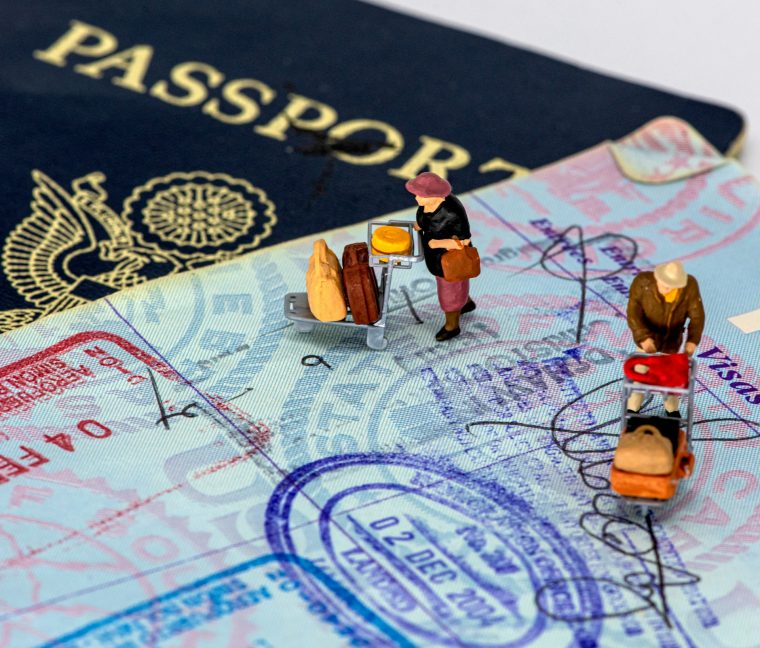Hello Travelers! Do you know that if we want to go abroad, we should have VISA. And now, what VISA actually is? So basically, VISA is an essential travel document for anyone planning to cross international borders. It grants travelers permission to enter, stay, or leave a foreign country legally. Understanding the VISA process is essential. In this guide, we’ll discuss everything you need to know about VISA types, application processes, and tips for smooth travel.
What is VISA?
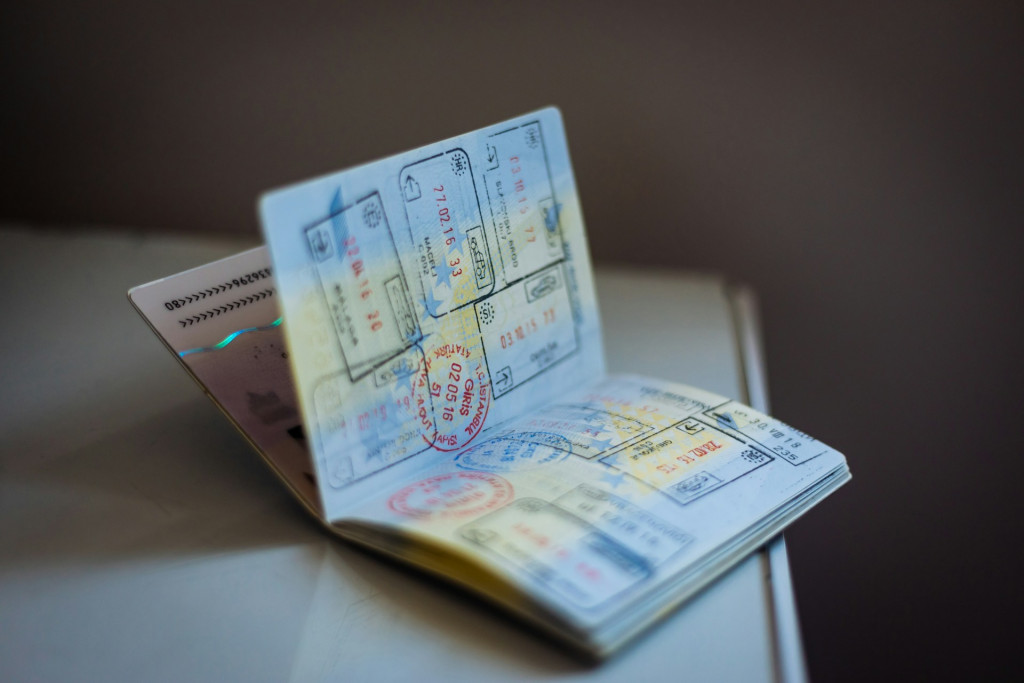
Photo by Global Residence Index on Unsplash
VISA is a government-issued authorization that allows individuals entry into a specific country. Different countries have unique requirements based on the purpose of your visit. Typically, VISA is stamped or attached to your passport. Some countries require travelers to secure a VISA in advance, while others offer a VISA on arrival.
In recent years, electronic or e-VISAs have become more popular. These digital VISAs make it convenient to apply online. Additionally, many countries have arrangements that permit entry without VISA for short stays, known as “VISA-free access.”
Types of VISAs
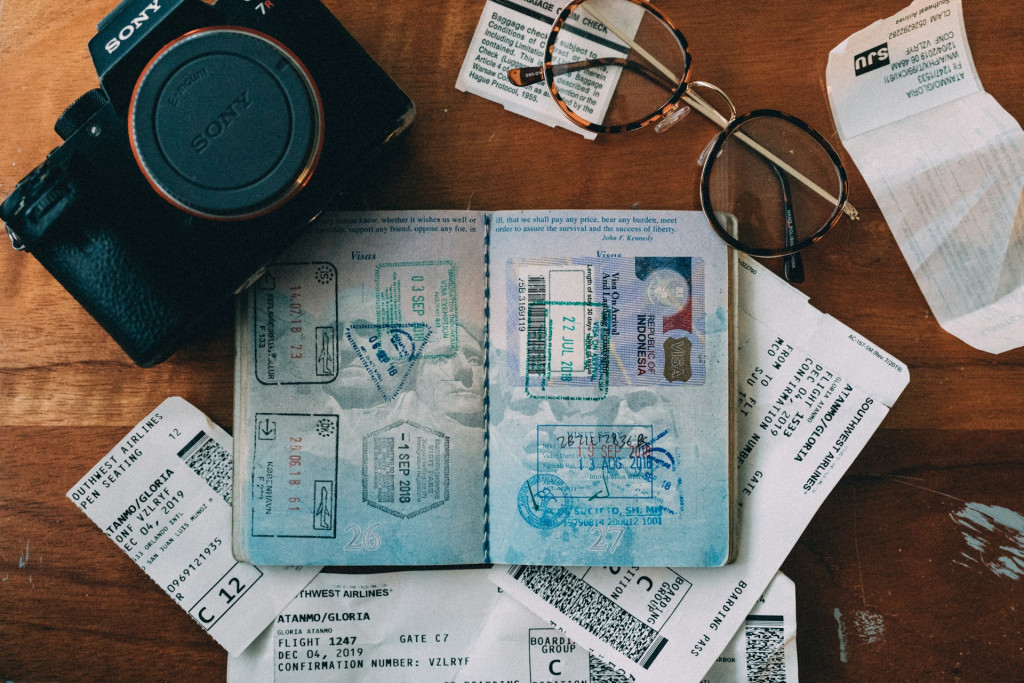
Photo by Kit (formerly ConvertKit) on Unsplash
Understanding the type of VISA you need is crucial before beginning the application process. It’s such an essential thing to know about VISA types. The most common types include:
1. Tourist VISA
This VISA is for those visiting a country for leisure or sightseeing. A tourist VISA usually allows to stay between 30 to 90 days, depending on the country’s regulations. It often prohibits holders from engaging in business or employment activities.
2. Student VISA
The student VISA is for individuals pursuing academic programs in a foreign country. Students must be accepted by an educational institution before applying. This VISA typically allows the holder to stay for the duration of their study program.
3. Work VISA
Work VISAs allow individuals to work legally in a foreign country. These may vary in terms of duration and may require employer sponsorship. Different countries have distinct requirements for work VISAs, so researching your destination is essential.
4. Transit VISA
Transit VISA permit brief stays, usually for connecting flights or transit travel. They typically allow a stay from a few hours to several days.
5. Business VISA
Business VISAs enable individuals to conduct business-related activities, such as attending meetings or conferences. However, this VISA does not permit the holder to seek employment in the country.
Each VISA type serves a different purpose, so it’s important to choose the right one for your travel needs. Applying for the wrong type of VISA can result in delays or even rejection.
How to Apply for a VISA
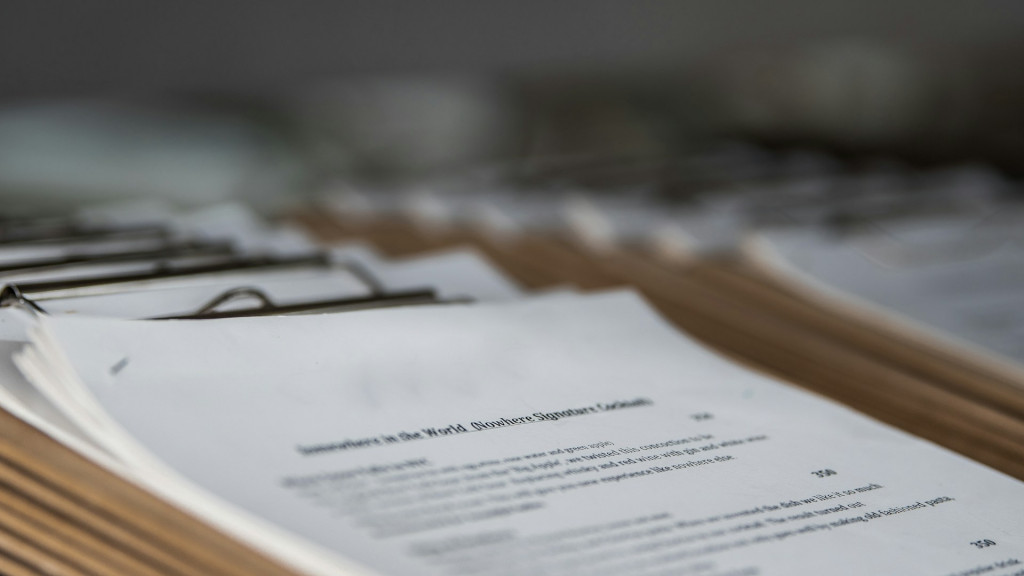
Photo by Arisa Chattasa on Unsplash
The VISA application process varies based on the country you plan to visit. Here are general steps most applications follow:
1. Check Requirements
Start by researching the requirements for a VISA for your destination country. You can usually find this information on the country’s embassy or consulate website.
2. Complete the Application Form
Complete the VISA application form accurately. Any mistakes can lead to delays. Double-check that all the information matches your passport.
3. Gather Required Documents
Most VISAs require supporting documents, such as a passport, passport photos, proof of funds, and travel itineraries. Ensure that each document meets the specifications provided.
4. Pay the Fee
A VISA fee is typically required as part of the application. The amount varies by country and VISA type, so check the fee structure.
5. Attend an Interview
Some countries require applicants to attend an interview, particularly for long-term or work VISAs. During the interview, be prepared to answer questions about your travel purpose and plans.
6. Wait for Processing
VISA processing times differ significantly. Tourist VISAs are often faster, while work or student VISAs may take weeks or months.
You might like: 7 Best Places to Travel in November
Electronic VISA (e-VISA) Systems

Photo by CardMapr.nl on Unsplash
Many countries now offer e-VISAs, which simplify the application process. An e-VISA allows travelers to apply online and receive their VISA electronically. Once approved, the e-VISA can be printed or saved on a smartphone for presentation upon arrival. Countries like India, Australia, and Turkey offer popular e-VISA systems, reducing the need for embassy visits.
VISA-Free and VISA-on-Arrival Options
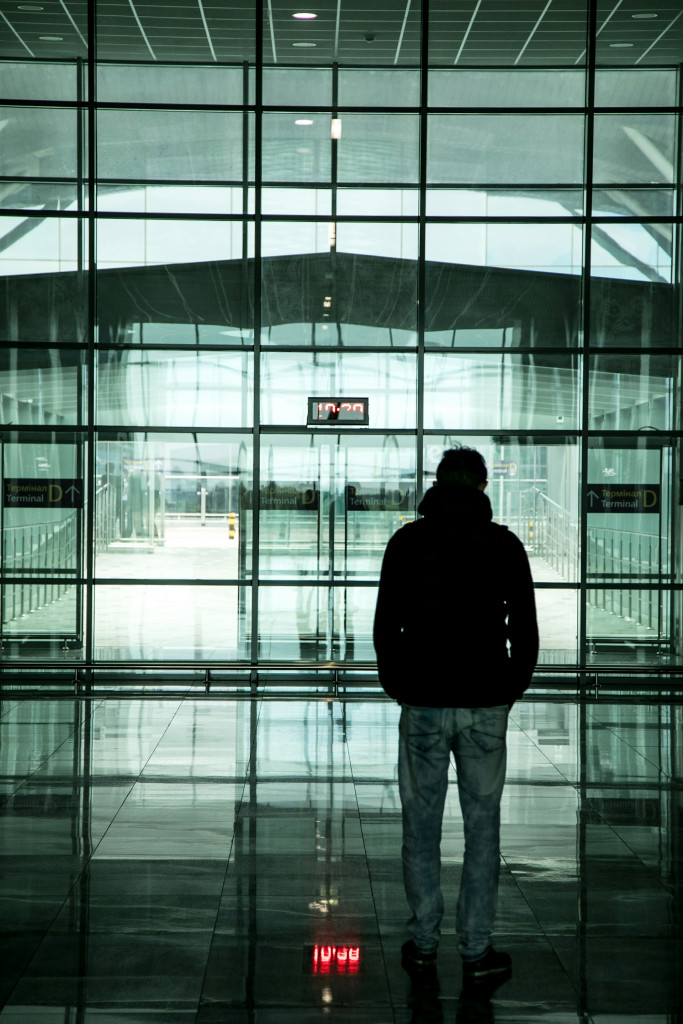
Photo by Artur Voznenko on Unsplash
Some countries have VISA-free or VISA-on-arrival agreements for specific nationalities. VISA-free entry allows travelers to enter without applying for a VISA if their visit is short, often under 90 days. Countries within the Schengen Area of Europe have this arrangement, allowing seamless travel between member states.
VISA-on-arrival allows travelers to apply for a VISA upon reaching the destination’s airport or entry point. This option is convenient for last-minute trips but often has limitations. Be sure to carry the necessary documents, such as proof of funds and hotel reservations, when using a VISA-on-arrival option.
Important Tips for VISA Applications
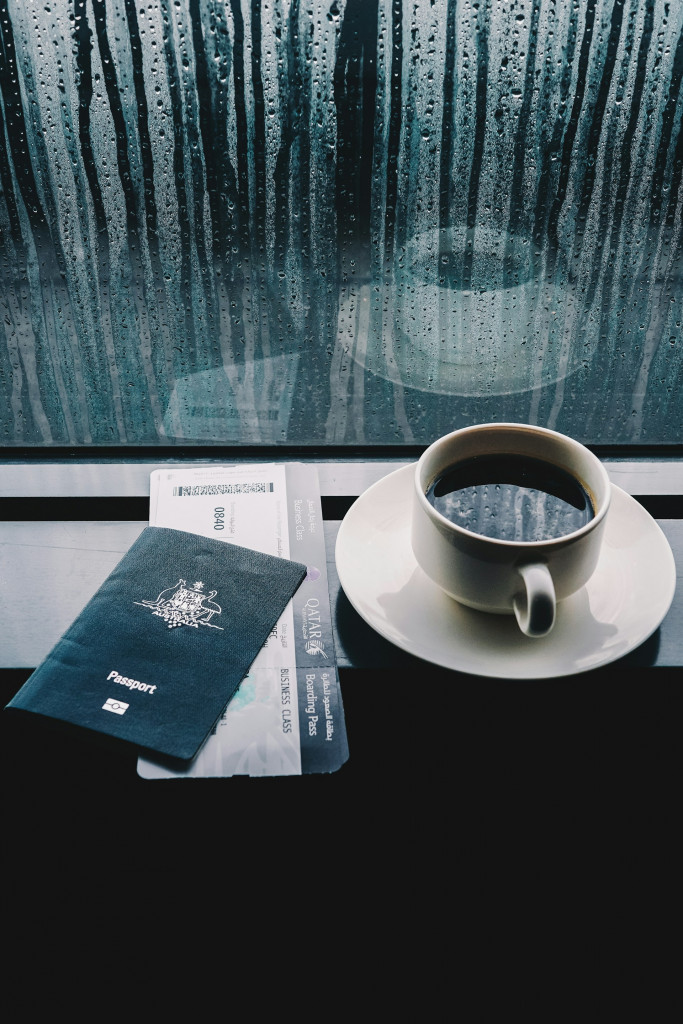
Photo by Fidel Fernando on Unsplash
Applying for a VISA can be a straightforward process if approached correctly. Here are some essential tips to know about VISA for success:
1. Plan in Advance
Start your application well before your travel date. Some countries have lengthy processing times, especially for work or student VISAs.
2. Read Requirements Carefully
Carefully review all requirements to ensure you submit a complete application. Missing documents can lead to rejection.
3. Be Honest and Transparent
Answer all questions honestly. Misrepresentation on a VISA application can lead to rejection or future travel restrictions.
4. Have Clear Travel Plans
Some countries may ask for a return ticket or proof of onward travel. Having clear travel plans shows you intend to leave after your stay.
5. Keep Copies of Everything
Always keep copies of your VISA application, receipts, and supporting documents. This can be helpful if there are any issues.
Common Reasons for VISA Denial
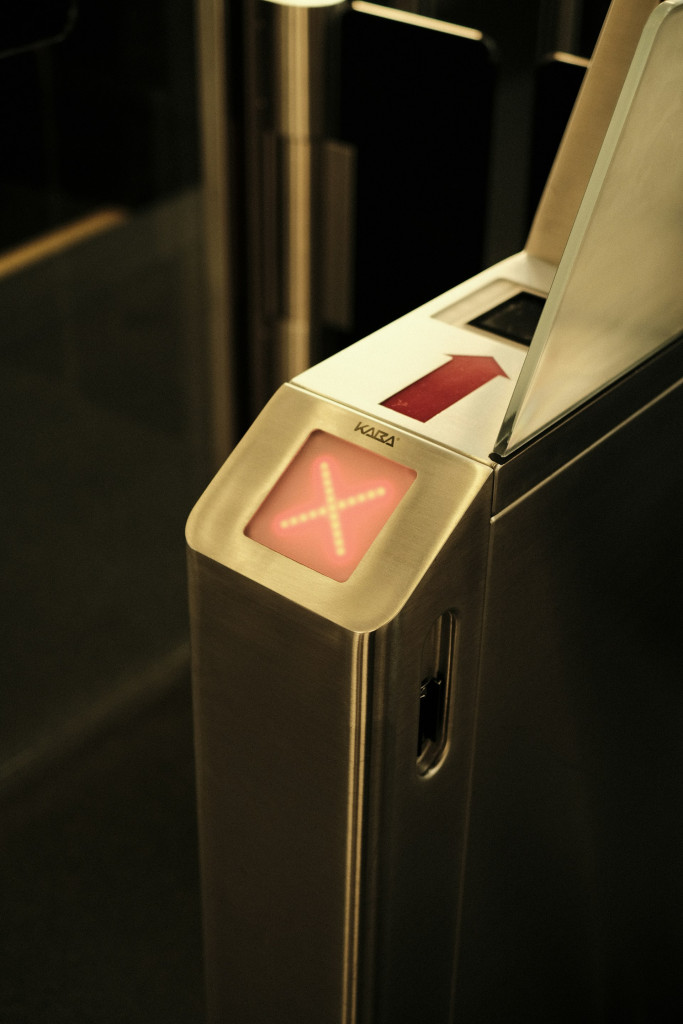
Photo by Kajetan Powolny on Unsplash
Understanding why a VISA might be denied can help you avoid common mistakes. The most frequent reasons include:
– Incomplete Documentation
Missing documents are one of the most common causes of rejection. Double-check that all required documents are included.
– Financial Inadequacy
Some VISAs require proof that you can support yourself financially. Insufficient funds may result in a denial.
– Previous Travel History
A poor travel history, such as overstaying previous VISAs, can negatively impact your application.
– Inconsistent Information
Ensure your application information matches other records, such as your passport. Discrepancies can lead to questions and rejection.
Conclusion
Applying for a VISA may seem daunting, but careful planning makes it manageable. Different types of VISAs cater to different travel needs, so choose wisely. Whether you’re applying for a tourist or work, always follow the process meticulously. From understanding the requirements to gathering the right documents, each step is vital for success. So hopefully after understanding this article, you have all you need to know about VISA and successfully applied for it.

